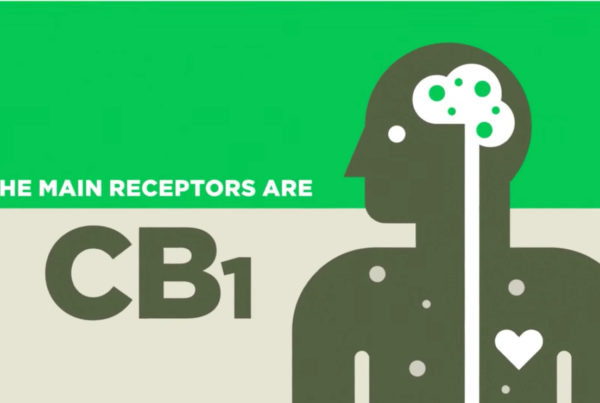Cannabinoids are a diverse class of chemical compounds that occur naturally in the human body (endocannabinoids) and cannabis plants (phytocannabinoids), and interactions with the endocannabinoid system (ECS) trigger various physiological actions. Among the 500 or so natural components in cannabis, more than 100 are classified as phytocannabinoids. Tetrahydrocannabinol (THC) is the best-known compound due to its psychoactive qualities, while cannabidiol (CBD) appears to play the most significant role in the plant’s medicinal benefits. Other key phytocannabinoids include the following:
-
Cannabigerols (CBG)
-
Cannabichromenes (CBC)
-
Cannabinol (CBN)
-
Cannabinodiol (CBL)
CBD, which does not produce psychoactive effects, is often isolated for medical use, but some clinical studies suggest that cannabinoids are mutually enhancing and provide the best results in whole-plant form. CBN, another cannabinoid gaining interest with medical researchers, is a natural sedative that appears to have analgesic, anti-inflammatory and anti-convulsive properties. Endocannabinoids, meanwhile, include anandamide and 2-Arachidonoylglycerol (2-AG), and they play roles in metabolism, food intake, memory, sensory perception, central nervous system development and synaptic plasticity.








